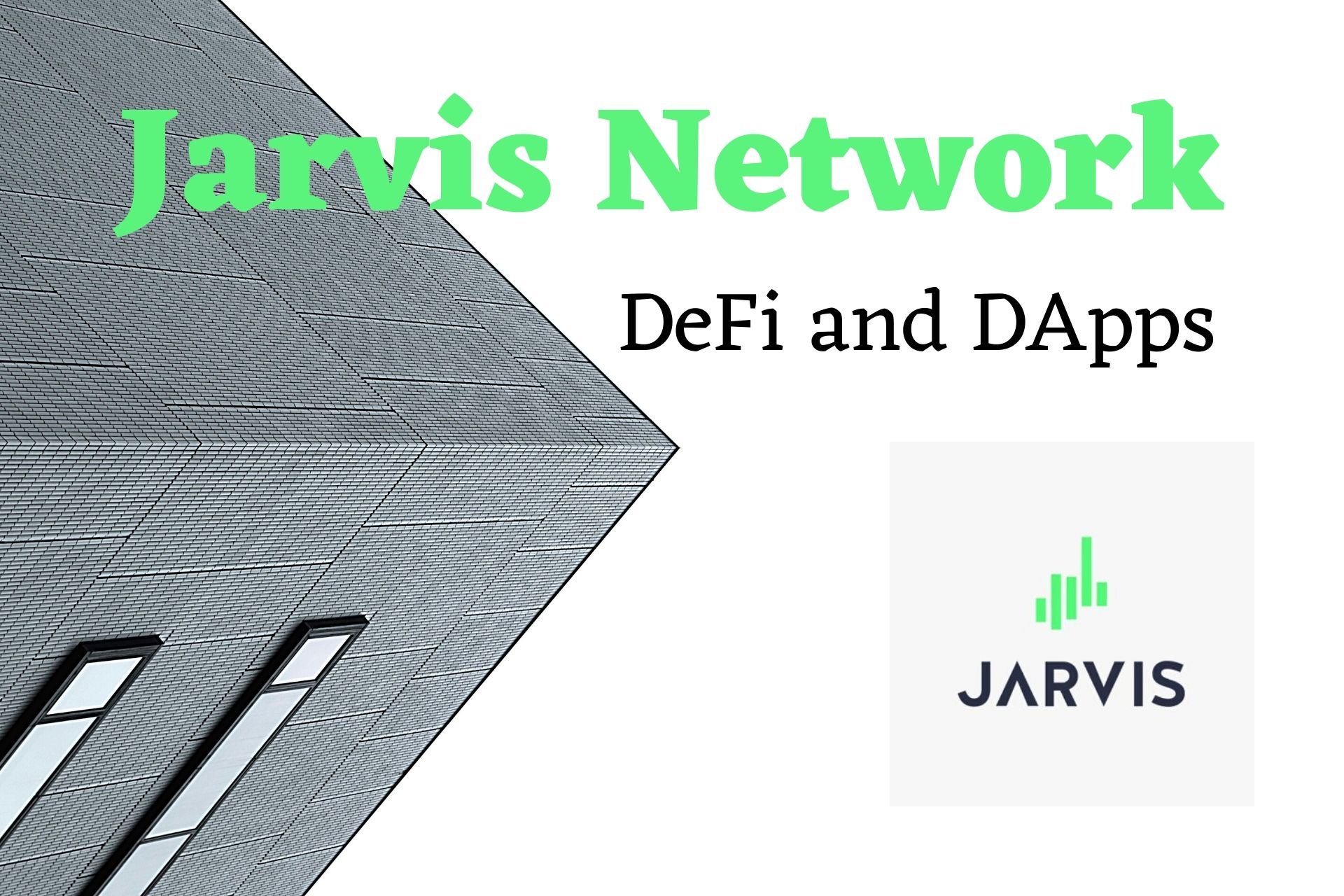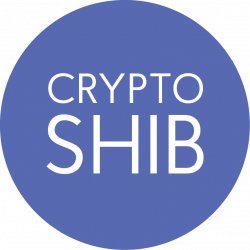A Review of the Jarvis Network for Decentralized Finance

The Jarvis Network is a set of protocols that together with the Jarvis market and Jarvis wallet dApps make up the Jarvis ecosystem. The Jarvis ecosystem aims to “uberize” and “universalize” the finance and investment sector.
Laying Down the Groundwork for Decentralized Finance
Pascal Tallarida, the CEO and founder of Jarvis is a firm believer in the potential of blockchain technology. He aims to create a financial system that runs wholly on blockchain technology; a concept known as Decentralized Finance (DeFi).
However, Tallarida does not believe that DeFi will replace the existing financial system. Instead, the two systems will be complementary. DeFi is going to help fill in the existing gaps in the current financial system. He believes that DeFi is going to create value for everyone and Jarvis is positioned to be one of the main gateways into the world of DeFi.
How the Jarvis Network Works
The Jarvis Network is a set of protocols that run on the Ethereum blockchain. These protocols are designed to “uberize” the financial system and make it more inclusive. The network is owned by a DAO. Jarvis’ goal is to bring the financial system onto the blockchain.
As a result, it will be more open, programmable, and transparent. The end goal is the disintermediation of all financial markets at the global level. The protocols that power the Jarvis Network make it possible for users to gain exposure to any trading instruments via synthetic assets or margin trading.
- The Margin Protocol
The Margin protocol is a trust-minimized off-chain trading protocol. It will let users open leveraged positions collateralized by Dai on various financial markets such as indices, forex, stocks, or crypto. Users will trade against liquidity pools supplied by Liquidity Providers (LP) that set the rules such as the leverage, supported markets, price feed, commissions, and much more. In essence, this is the “uberization” of brokerage allowing anyone in the world to provide the access to any financial market to anyone. The LPs can run a “Dealing Desk” or “No Dealing Desk” node that allows them to hedge their exposure or run a complex market strategy by connecting the API of their brokers, exchanges, and other institutional liquidity partners. A network of incentivized validators will work on adding the needed layer of trust for this protocol.
- Synthetic protocol (Synthereum)
Synthereum is an on-chain trading protocol. On this protocol, a user can create a token, which can track the price of traditional or crypto assets. The token is convertible using smart contracts, without spread, a counterparty, or slippage. Instead of an exchange occurring between the seller and buyer, the user burns a token (1 synthetic EUR) and immediately mints another one of similar value (0.8 synthetic GBP). A user then deposits the collateral in liquidity pools that are supplied by LPs who ensure the over-collateralization of the minted assets. The responsibility carries a financial risk for LPs, which they can hedge via the Margin protocol. A network of incentivized relayers ensures that the matching between users’ deposits and liquidity pools funds is done at the fair market price.
The Jarvis Reward Token (JRT)
JRT is a utility token that is designed to secure and govern the running of the protocols. It achieves these functions via staking and via a DAO. JRT is used as a reward for agents who add value to the Jarvis ecosystem.
- The DAO votes on various proposals to improve the network.
- The DAO oversees the 100M Reward Funds and they decide how JRT tokens are distributed across existing and future reward programs to incentivize addition of value to the ecosystem.
- The DAO collect fees and decide how they are allocated for the benefit of the network and holders of JRT tokens.
- Relayers and validators stake JRT to align their interests with those of the Jarvis Network protocols.
The Apps
Anyone can build a dApp on the top of the protocols and create a business model on the top of it: dApps can add fees or leverage from a native referral program to generate revenue. Part of these revenues has to be used to purchase JRT from the market, and eventually burn them. Jarvis, as a Company, is developing dApps under different juridictions, to provide user-facing product to seamlessly interact with the protocols.
- Jarvis market: https://jarvis.market
Jarvis market leverages from the Margin protocol. It is a trading platform for active investors looking for margin trading opportunities with a settlement in stablecoin. One of the long-term goals is to offer more features like social trading, or the possibility to connect to various traditional brokers.
- The Jarvis wallet: https://jarvis.money
The Jarvis wallet is a fiat-based smart contract wallet built on the top of Unilogin and Gnosis Safe. It has a 0-fee fiat on-ramp integrated thanks to a partnership with Ramp.network, to allow users seamlessly connect their bank account and buy Dai instantly, which is converted into jCHF, jEUR, or jGBP free without a lengthy KYC process. Eventually, the wallet will feature a DeFi dashboard that offers various natively integrated financial services such as a savings and credit account, portfolio management, real estate, lottery, insurance, and much more.
Savvy users can connect their wallet to other DApps, which will expand the number of services they can access. To enable this feature, Jarvis partnered with WalletConnect and Unilogin.
Summary
The Jarvis Network holds a lot of potential for the future of DeFi. Besides making it easier to access the financial markets, it is also helping to cut down the cost. The use of blockchain technology will no doubt open up the financial markets to the masses. It could also serve as a wakeup call to other financial institutions, which will make them more willing to adopt blockchain technology into their systems.
